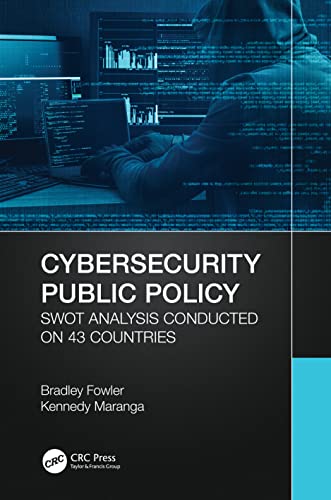

Most ebook files are in PDF format, so you can easily read them using various software such as Foxit Reader or directly on the Google Chrome browser.
Some ebook files are released by publishers in other formats such as .awz, .mobi, .epub, .fb2, etc. You may need to install specific software to read these formats on mobile/PC, such as Calibre.
Please read the tutorial at this link: https://ebookbell.com/faq
We offer FREE conversion to the popular formats you request; however, this may take some time. Therefore, right after payment, please email us, and we will try to provide the service as quickly as possible.
For some exceptional file formats or broken links (if any), please refrain from opening any disputes. Instead, email us first, and we will try to assist within a maximum of 6 hours.
EbookBell Team

5.0
78 reviewsSince 2000, many governments, parliaments, and ministries have worked diligently to define effective guidelines that safeguard both public and private sector information systems, as well as information assets, from unwanted cyberattacks and unauthorized system intrusion. While some countries manage successful cybersecurity public policies that undergo modification and revision annually, other countries struggle to define such policies effectively, because cybersecurity is not a priority within their country. For countries that have begun to define cybersecurity public policy, there remains a need to stay current with trends in cyber defense and information system security, information not necessarily readily available for all countries. This research evaluates 43 countries' cybersecurity public policy utilizing a SWOT analysis; Afghanistan, Australia, Bermuda, Canada, Chili, Croatia, Cyprus, Czech Republic, Dubai, Egypt, Estonia, European Union, Finland, Gambia, Germany, Greece, Hungary, Iceland, Ireland, Italy, Japan, Kenya, Kosovo, Kuwait, Luxemburg, Malaysia, Nepal, Netherlands, New Zealand, Norway, Poland, Samoa, Singapore, Slovakia, South Africa, Sweden, Switzerland, Thailand, Trinidad, Uganda, United Arab Emirates, United Kingdom, and Vietnam; to transparently discuss the strengths, weaknesses, opportunities, and threats encompassing each of these 43 countries' cybersecurity public policies.
The primary vision for this title is to create an educational resource that benefits both the public and the private sectors. Without clarity on cybersecurity public policy, there remains a gap in understanding how to meet these needs worldwide. Furthermore, while more than 43 countries have already enacted cybersecurity public policy, many countries neglect translating their policy into English; this impacts the ability of all countries to communicate clearly and collaborate harmoniously on this subject matter. This book works to fill the “gap”, stop the spread of misinfo